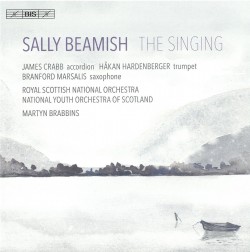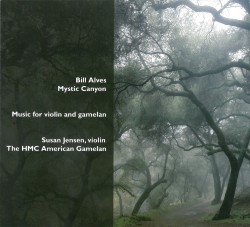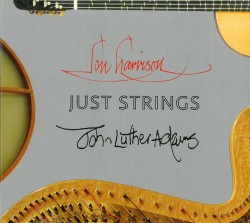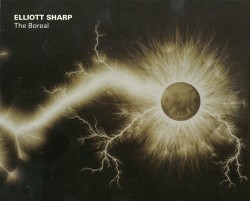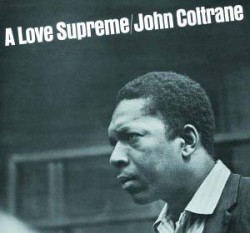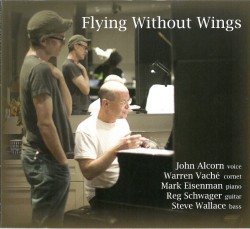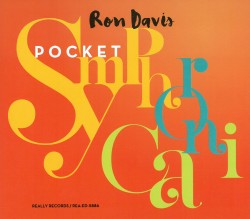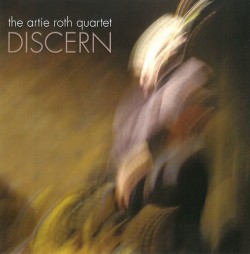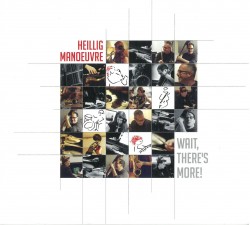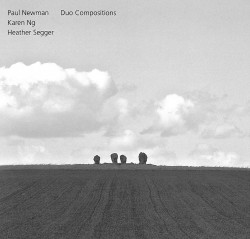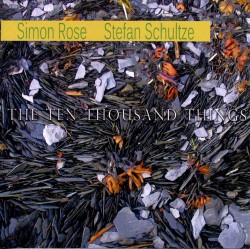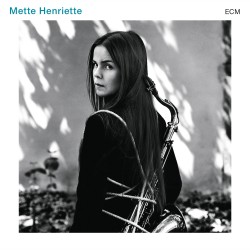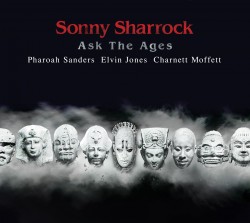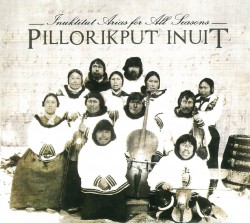all spring: Chamber Music of Emily Doolittle - Seattle Chamber Players and friends
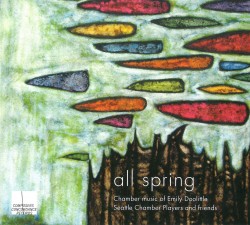 all spring – Chamber Music of Emily Doolittle
all spring – Chamber Music of Emily Doolittle
Seattle Chamber Players and friends
Composers Concordance Records comcon0025 (emilydoolittle.com)
Behind Canadian composer Emily Doolittle’s music lies a passion for the relationship between music and nature, and specifically, bird and animal songs. Her recent album of chamber music, all spring, is a superb example of how she navigates this fundamental connection that has inspired generations of composers. This interest has led her to conduct research into birdsong and explore the aesthetics of whether animal songs can be considered music. As our world faces critical environmental choices, the question of how we relate to the forces of nature and all beings who live here is increasingly becoming a focus for many composers. How these concerns translate into music for acoustic instruments was uppermost in my awareness as I listened to Doolittle’s CD.
Her approach is to offer a distillation of the qualities of natural phenomena or personal experiences. In four pieces about water essential qualities of water are revealed, whereas in all spring the focus is on the characteristics of specific birds. Some of the ways Doolittle herself engages with nature – listening and hiking – are highlighted in her pieces falling still and col. The choices Doolittle makes to bring the listener into closer connection with nature works at subtle levels. It is less about recreating a sense of place or imitation of the soundscape, but rather creating a sonic experience to guide the listener into connection with the deeper layers of natural phenomena, an entry into the heart of nature.


